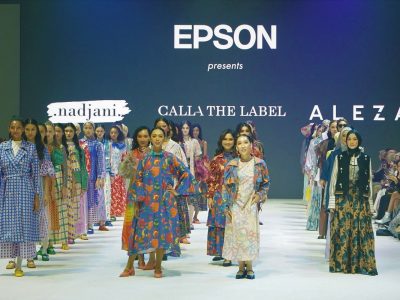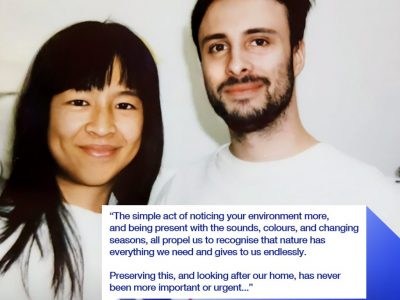Reducing Production Time in the Fashion Industry with Digital Printing

Fast fashion, on-demand orders from online shops and other trends are driving massive shifts in the clothing industry. While these trends have given people countless new ways to express themselves, supported the development of online boutiques and created enormous profits for the industry, the impact on the environment has not been as positive.
New digital textile printing technologies have emerged that are speeding up production while pushing the boundaries of design and sustainability. It seems inevitable that the industry will move away from analog printing methods in favor of digital printing in the future. This means that clothing brands and designers must devise strategies to adopt these advanced production processes to improve efficiency and profitability.
The digital printing production revolution
Digital textile printing has been around for some time and has quickly gained attention for its simple, fast and repeatable print process compared to traditional techniques like roller, screen and transfer printing. However, only 6% of textiles today are printed using this technology despite the fact that it is equal in speed, if not faster than these traditional methods. Manufacturers can streamline the entire process from design to production since it does not require the time-consuming setup or cleaning steps necessary in traditional analogue processes.
Incorporating 3D software into the digital printing process also significantly reduces the time it takes to bring designs to life. Designers can create digital samples in minutes without the need for a physical sample before production. Digitising these parts of the fashion design process also builds in more sustainability by establishing more efficient workflows. Less water use during production is also a plus to an industry that uses massive amounts of water in countries that are trying to conserve, particularly in Asia Pacific. It is vital for the industry to transition to cleaner, more efficient production to reduce its environmental footprint and shift products from a linear industrial system to a more circular economy.
Innovating with the next generation of fashion designers
Top professionals in the industry like rising star Richard Quinn are introducing digital prints into their collections and experiencing the joys of experimentation that can lead to new designs in just a matter of hours. Using Epson SureColor dye-sublimation printers, Quinn has created cutting edge collections that have been recognised by the fashion industry in recent years. He has said that the printer has given him, “the freedom to experiment with many different fabrics and new substrates.”
With the SureColor F-Series, Epson’s has brought together the best of its technical expertise and printing technology to offer high performance industrial-level production yields and high-quality output. Direct-to-Garment (DTG) and dye sublimation workflows are cut by about half with digital printing compared to analogue printing processes. A t-shirt can be printed in as little as nine seconds with inks that produce a vibrant and accurate colour transfer of designs onto fabrics, even in fluorescent colours. No matter the output volume, digital printing remains energy and cost efficient since it runs on less electricity and water than analogue printing methods.
The demand for digital textile printers is predicted to grow as consumers around the world expect more customisation as well as higher design and print quality. Integrating digital textile printers into factories with analogue printers can increase profit yields for business owners who want to slowly make the transition to digital. The opportunities are tremendous in the fashion industry to make the production process faster, more efficient and kinder to the environment. As digital printing becomes more mainstream, high-end designers as well as start-up ecommerce businesses will have unlimited opportunities to create new styles beyond what we can currently imagine.
Posts You May Like
Get Social With Us



